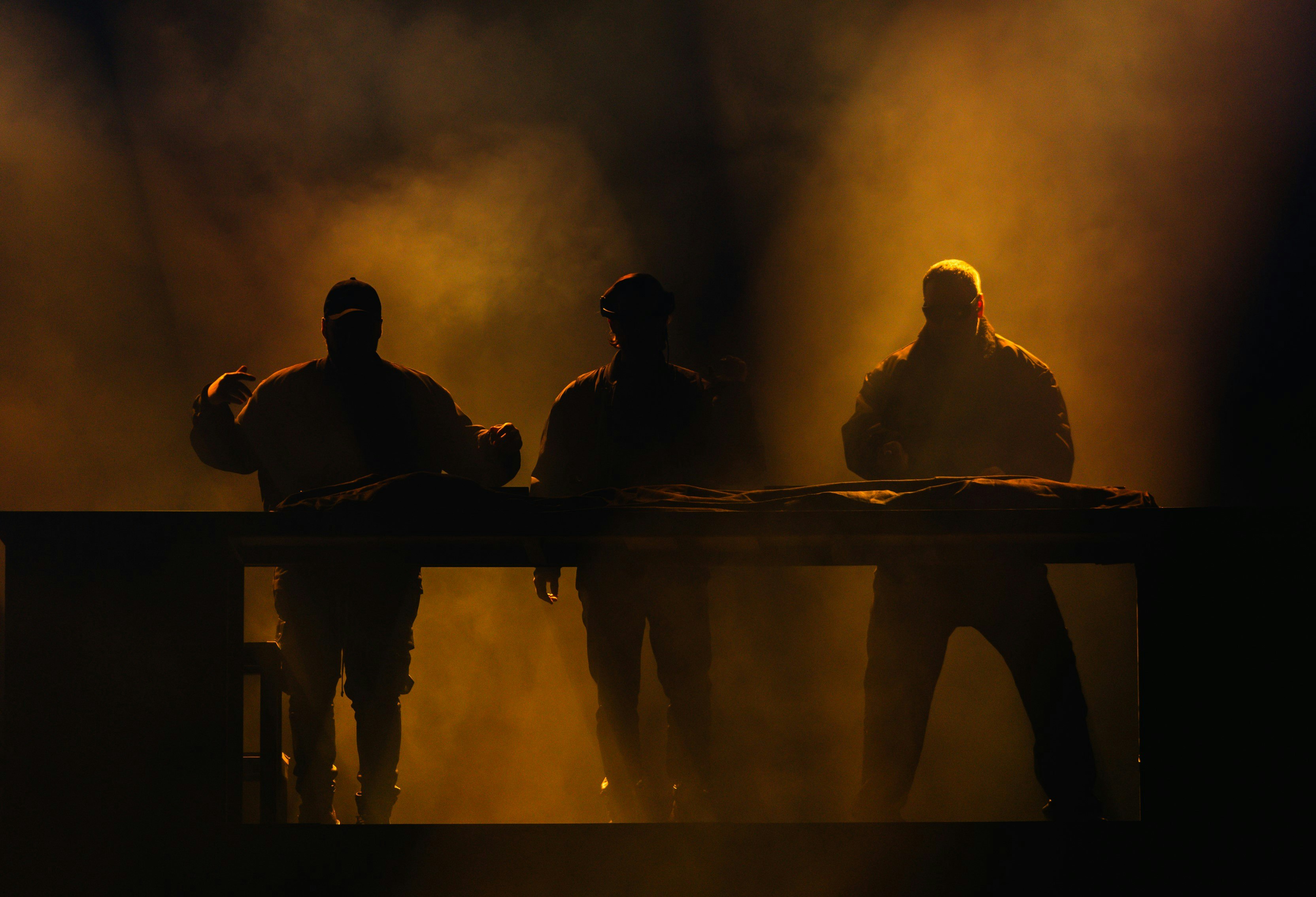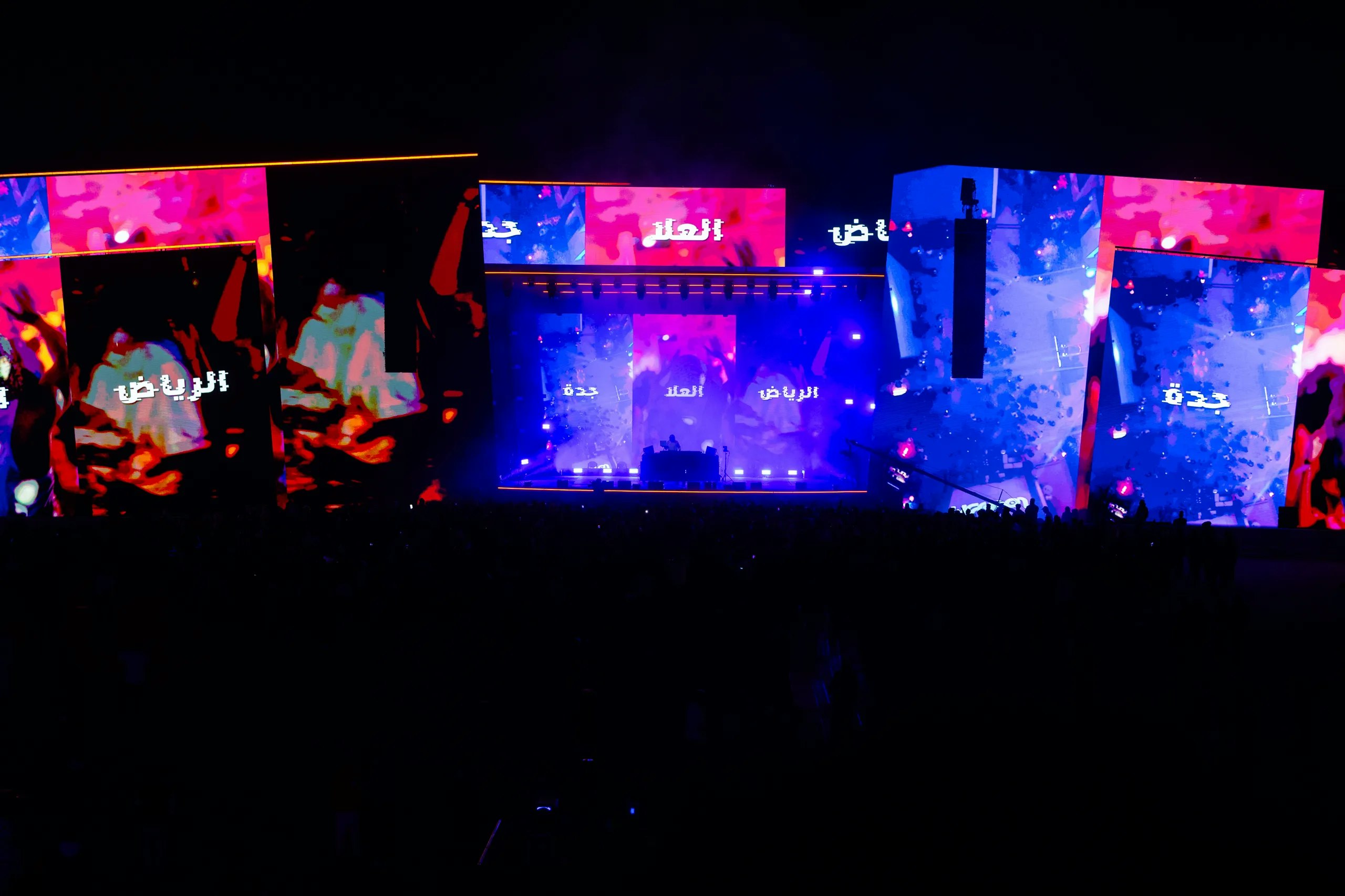
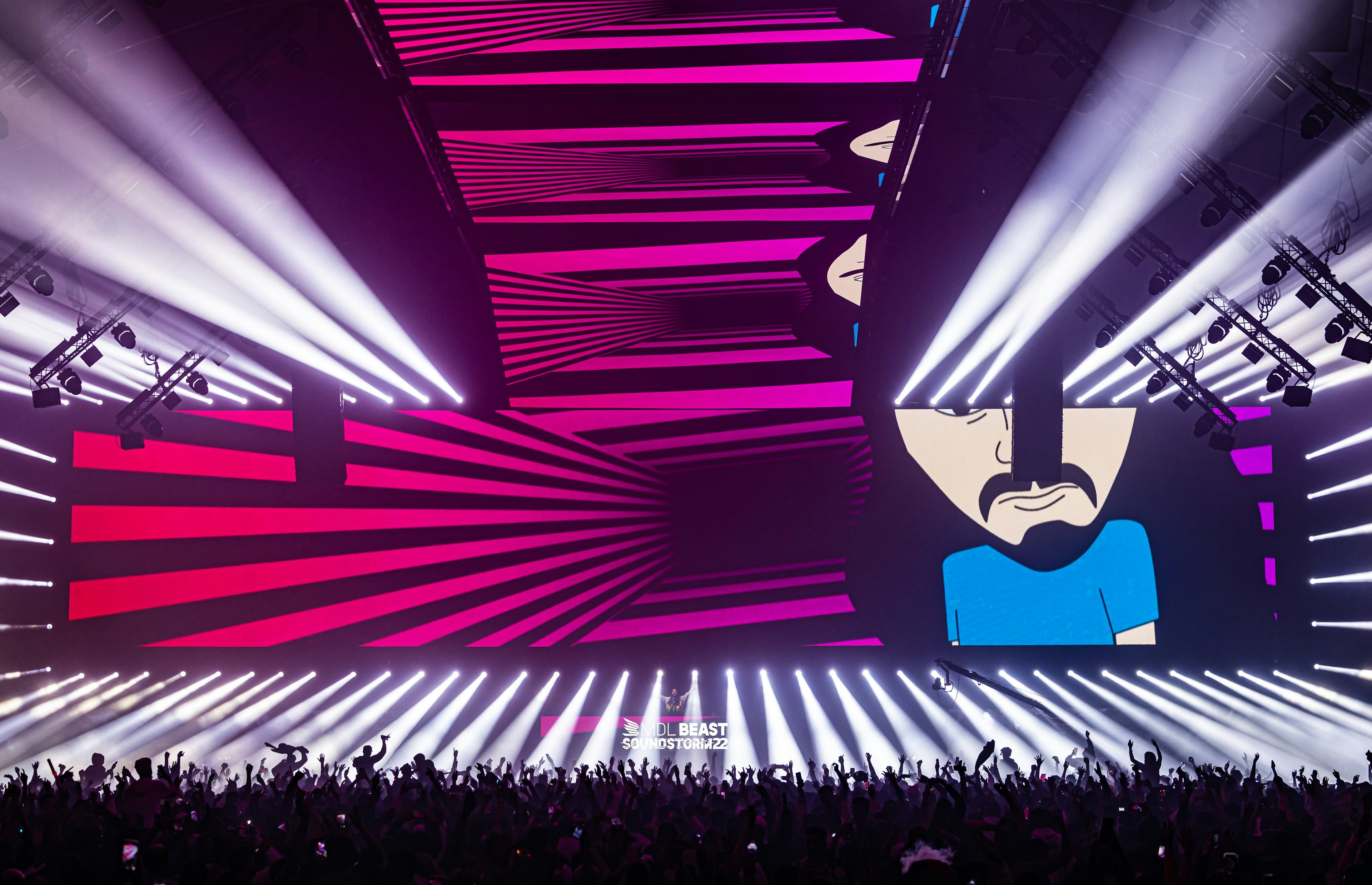
What Is Visual Music: Everything You Need to Know
By MDLBEAST
March 17 2024
What Is Visual Music: Everything You Need to Know
By MDLBEAST
March 17 2024
Visual music, a term that carries the resonance of a harmonious duet between the senses, goes beyond the traditional boundaries of artistic mediums. It encapsulates the idea that music is not merely heard but also seen, creating a multisensory journey that transcends the limitations of conventional art forms.
As we try to answer the question that is the very essence of this article, what is visual music, we embark on a sonic and visual tapestry, tracing its roots from the avant-garde experiments of early 20th-century artists like Wassily Kandinsky to the contemporary digital landscapes sculpted by cutting-edge technology.
Join us at MDLBEAST on a voyage where we’ll try to define visual music and shed light on some of the most important aspects of the genre. Keep reading to answer the following question: What is visual music? Brought to you by MDLBEAST.
Historical Evolution of Music Visuals
Emerging in the early 20th century, the genre found its roots in the experimental works of artists like Wassily Kandinsky, who sought to synthesize visual and auditory experiences. The advent of animation and the pioneering efforts of Oskar Fischinger in the 1920s further propelled visual music into the limelight. Fischinger's groundbreaking experiments with abstract animation set the stage for the exploration of the relationship between motion and music, marking the start of the answer to our question: what is visual music?
The 1960s witnessed the rise of electronic music, and the birth of immersive light shows in tandem with live performances, bringing a new dimension to the visual representation of music. With the digital revolution in the late 20th century, artists gained unprecedented tools to create intricate visual compositions that respond dynamically to sound.
Today, visual music continues to evolve, fueled by technological advancements and diverse artistic expressions, shaping a dynamic narrative that intertwines the history of visual arts and the ever-evolving landscape of musical innovation.
What is Visual Music: Instruments
Color Organ
Functioning as a visualizer of sound, the color organ translates musical notes and harmonies into vibrant displays of color and light. Each note triggers a specific hue, and the color's intensity corresponds to the music's volume and pitch.
This ingenious device, often equipped with various filters and mechanisms, transforms a musical composition into a dynamic, multi-sensory experience. Originating in the early 20th century, the color organ has evolved with technological advancements, finding its place in contemporary visual music performances and installations.
Oscilloscope
Originating as a scientific instrument, the oscilloscope found a creative renaissance within the realm of visual music, providing a dynamic visualization of sound waves. Each musical element, from beats to frequencies, manifests as intricate patterns and undulating shapes on the oscilloscope's screen.
Its real-time display offers a unique window into the auditory landscape, allowing audiences to witness the intricate interplay of harmonies and rhythms. As an integral component of electronic music performances, the oscilloscope transforms the intangible into the visible, creating a synesthetic experience where sound becomes a captivating visual journey.
More in - Music Industry

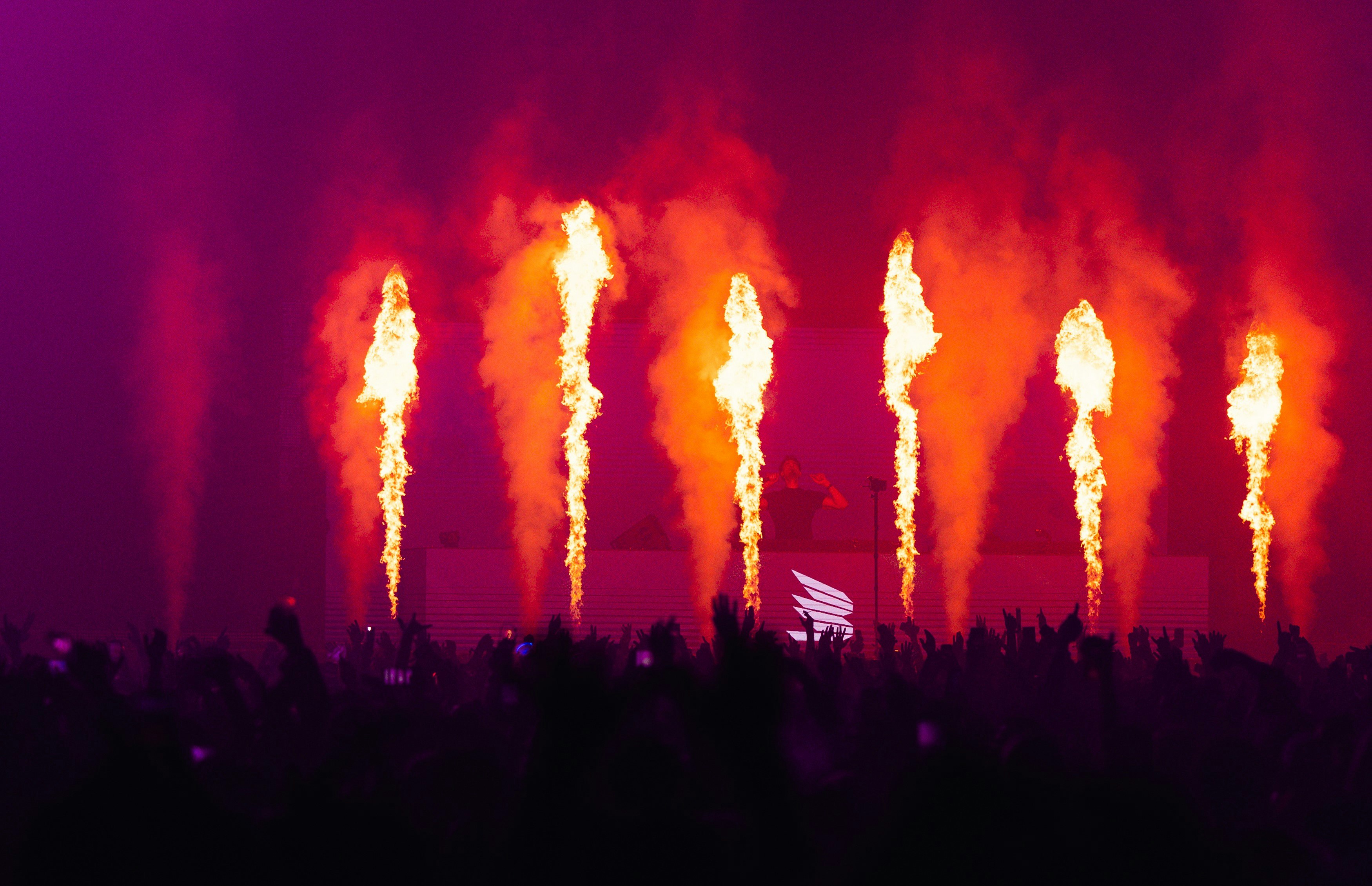
Brief History of Opera: A Harmonious Journey Through Time
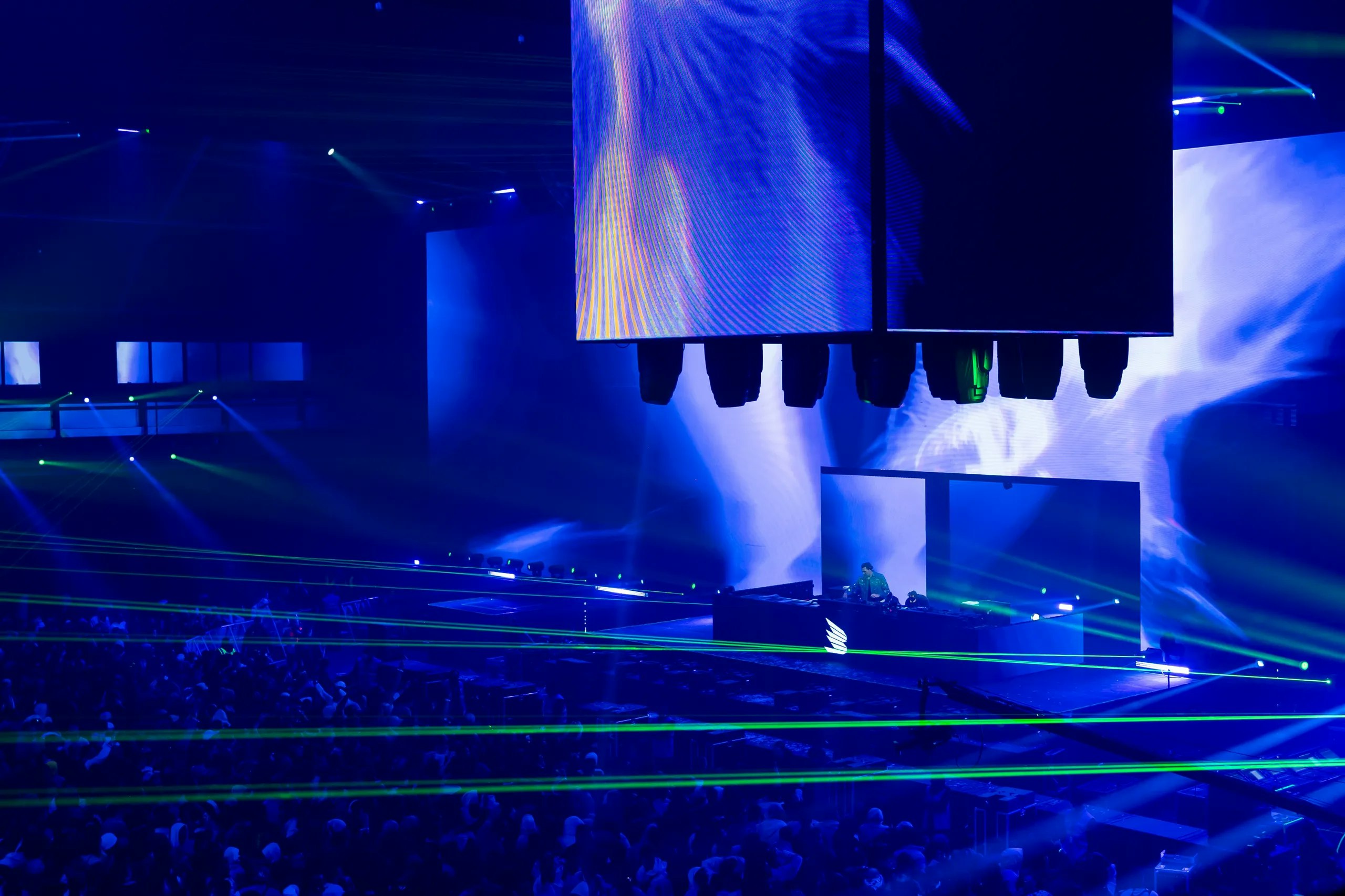
What is EDM? All You Need to Know
Viditar Video Guitar
Conceived as a hybrid of musical and visual expression, the Viditar combines a guitar's strings with a video synthesizer's visual output. Each pluck and strum generates melodic notes and dynamic visuals, creating a symbiotic relationship between sound and imagery.
As the strings vibrate, the Viditar produces intricate patterns, colors, and shapes on its screen, offering a live, synesthetic experience for both the performer and the audience.
Originating at the intersection of technology and artistic ingenuity, the Viditar becomes a canvas for audio-visual exploration, allowing musicians to craft a rich tapestry where music and visuals harmonize seamlessly.
Technology and Visual Music
Virtual Reality
Within this virtual space of VR platforms, users are surrounded by vibrant, pulsating landscapes that respond dynamically to the nuances of the accompanying music. The synergy between VR and visual music creates an unparalleled sensory experience, allowing individuals to hear and visually perceive the intricate layers of melodies and rhythms.
Augmented Reality
Augmented reality transforms ordinary spaces into immersive canvases, where users can witness vibrant visual elements dynamically responding to the cadence of the accompanying music.
AR headsets become gateways to synesthetic landscapes, overlaying digital imagery onto the real world and creating a fusion of the auditory and visual senses. Integrating augmented reality in visual music opens up limitless possibilities for interactive and personalized experiences, allowing users to shape their own immersive narratives.
Accessibility and Inclusion
Visual Music for Hearing Impaired
Leveraging innovative technologies and creative approaches, visual music for the hearing impaired introduces dynamic visualizations, sign language interpretations, and immersive subtitles.
Carefully integrated into the fabric of musical compositions, these elements empower individuals with hearing impairments to engage with the vibrant language of sound through a visually rich medium. The emphasis on accessibility not only broadens the reach of visual music but also redefines the boundaries of inclusivity in the artistic sphere.
-
Live the experience of a lifetime and witness incredible light shows at Soundstorm, the MENA region’s biggest music festival!
Share this
